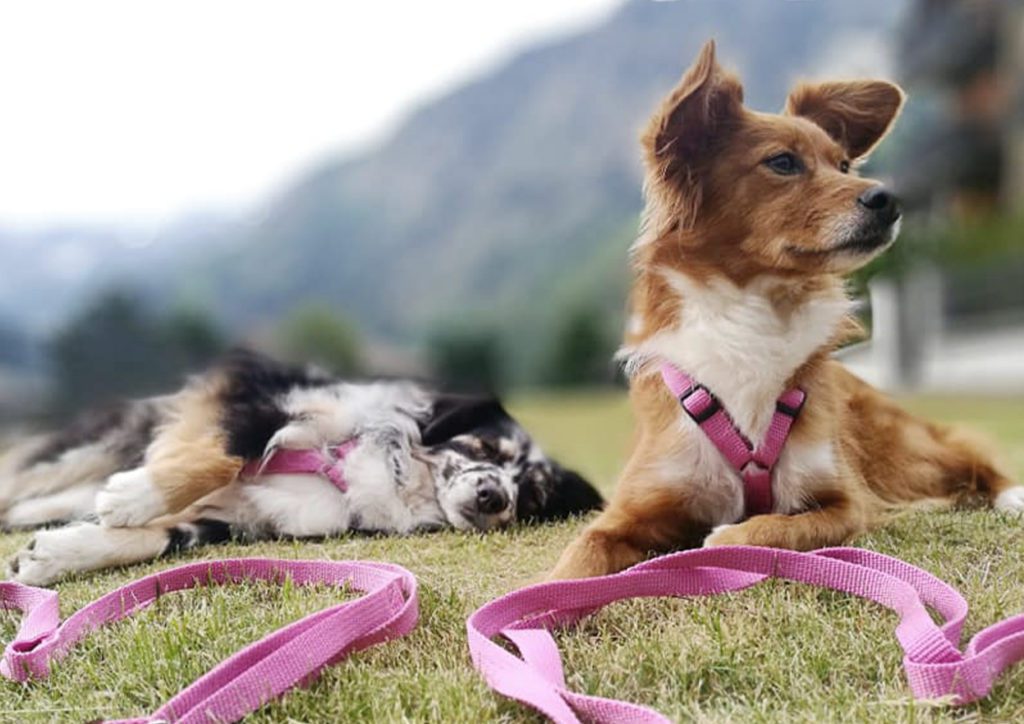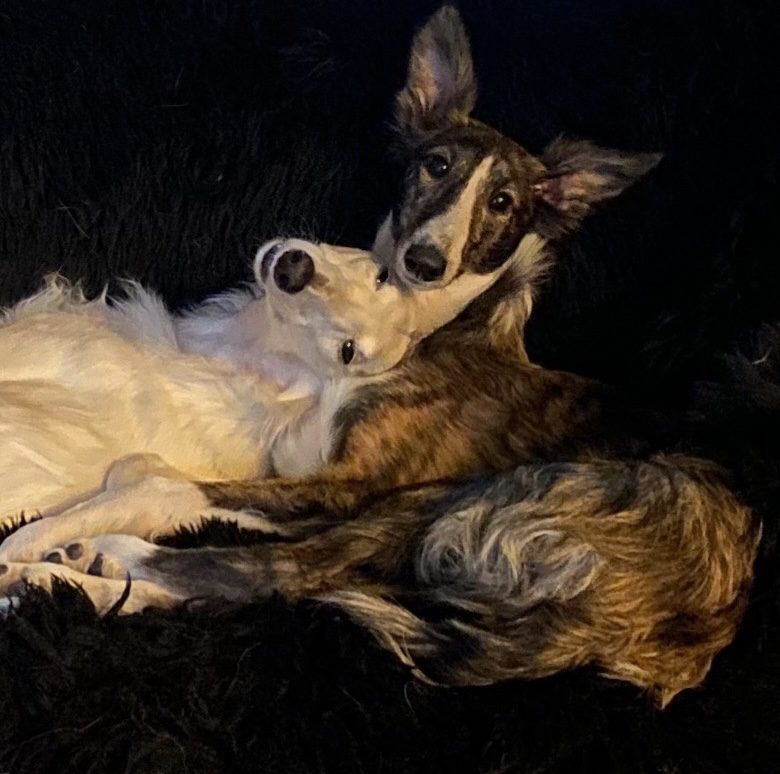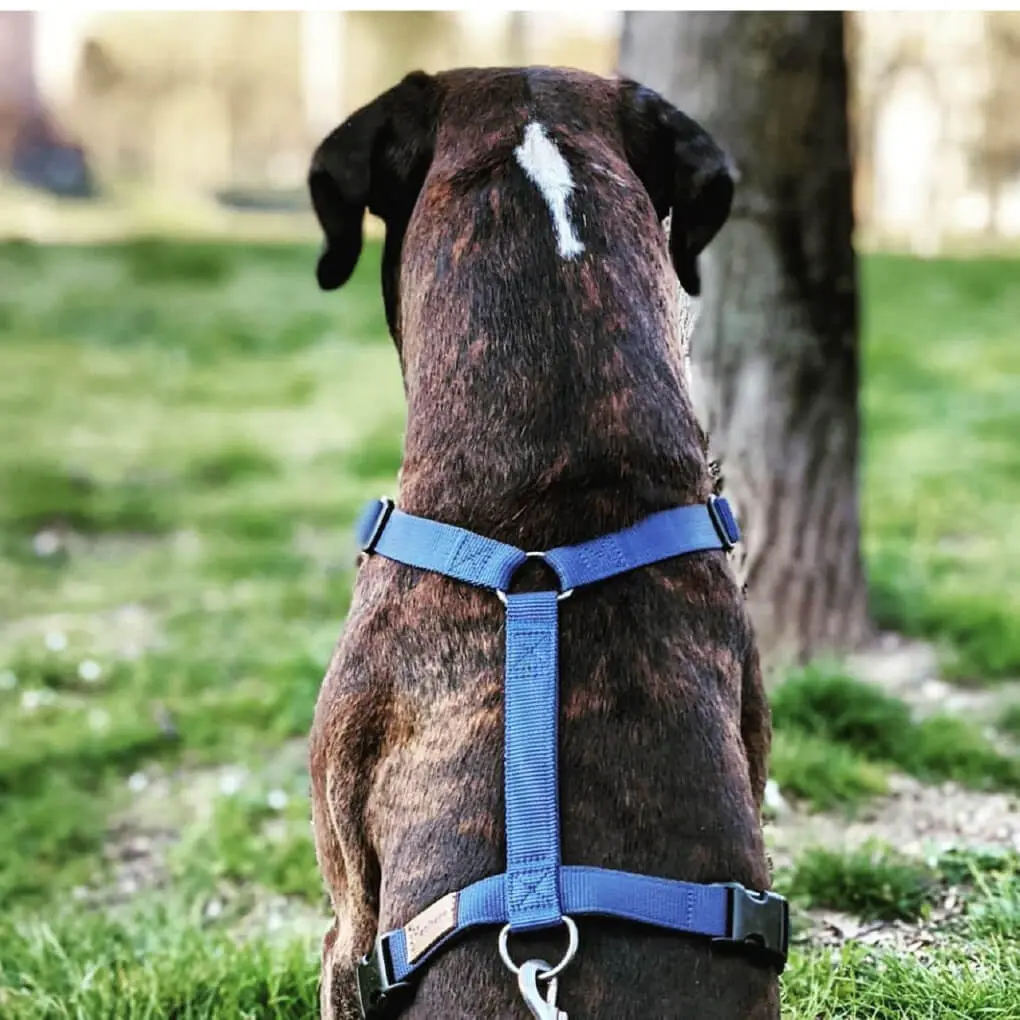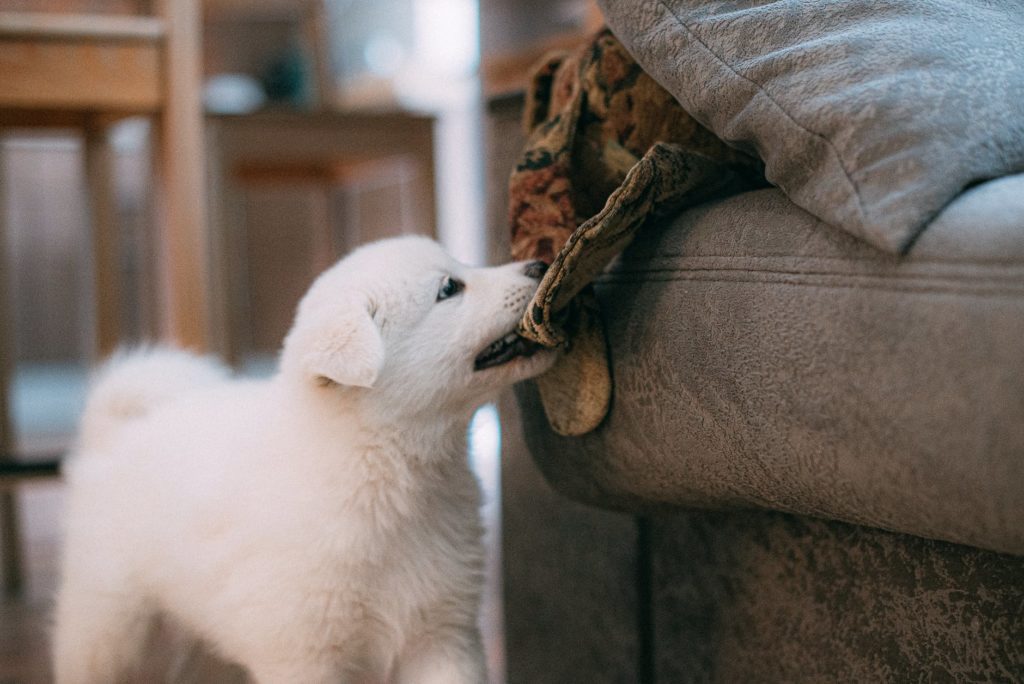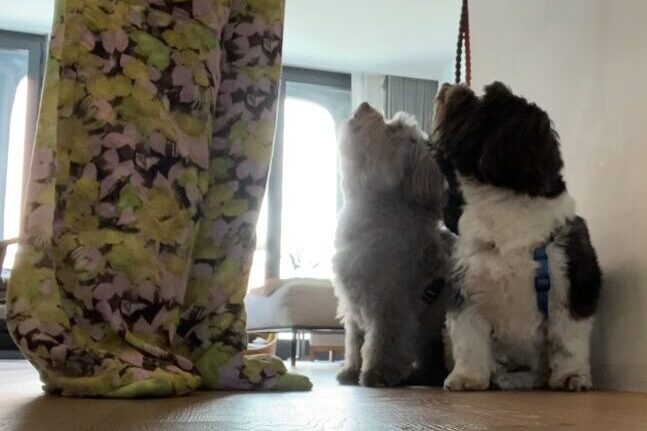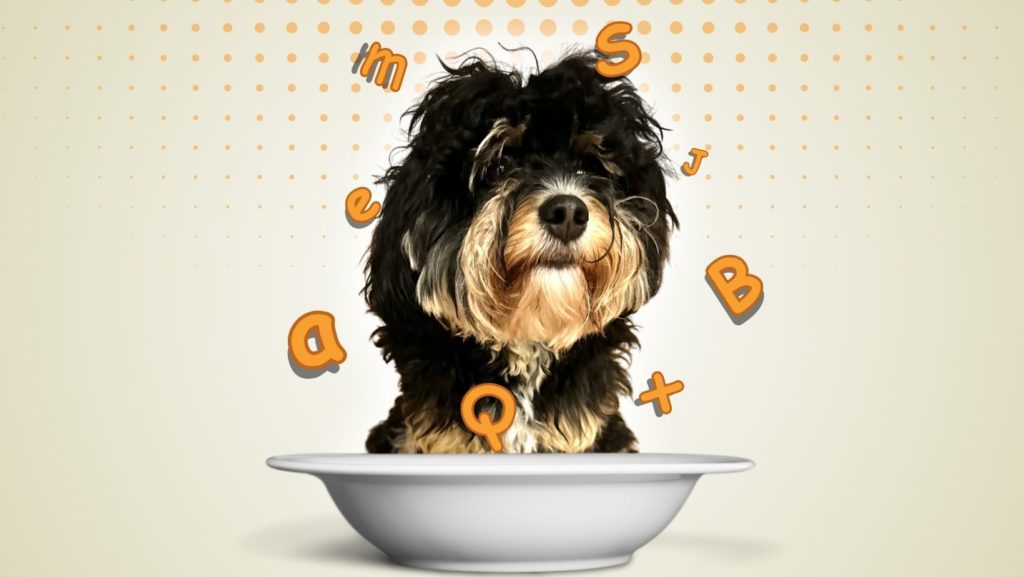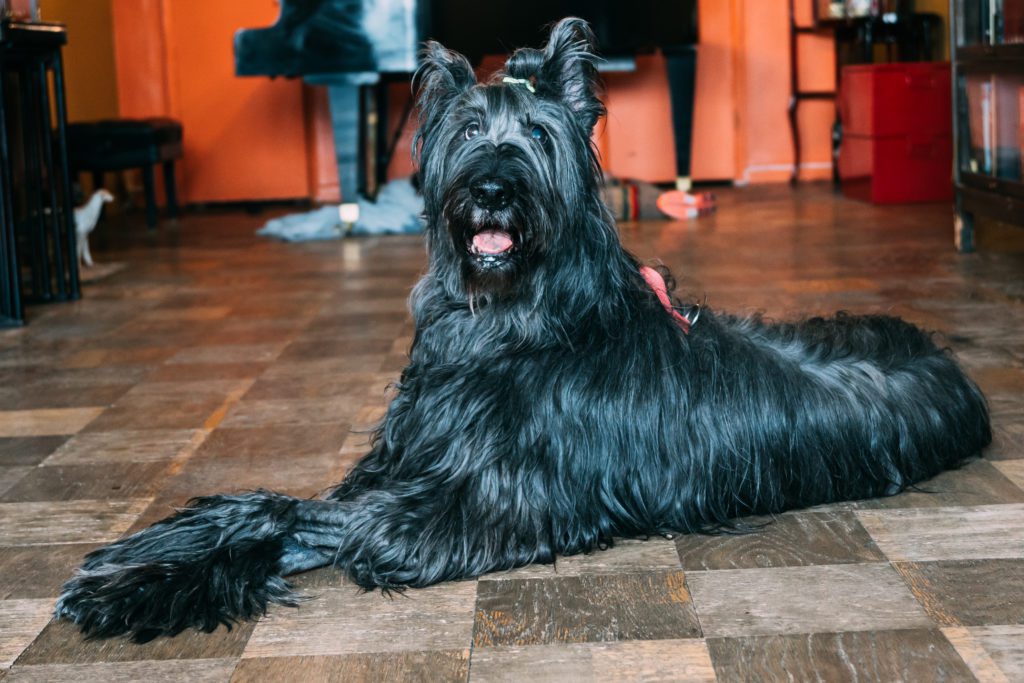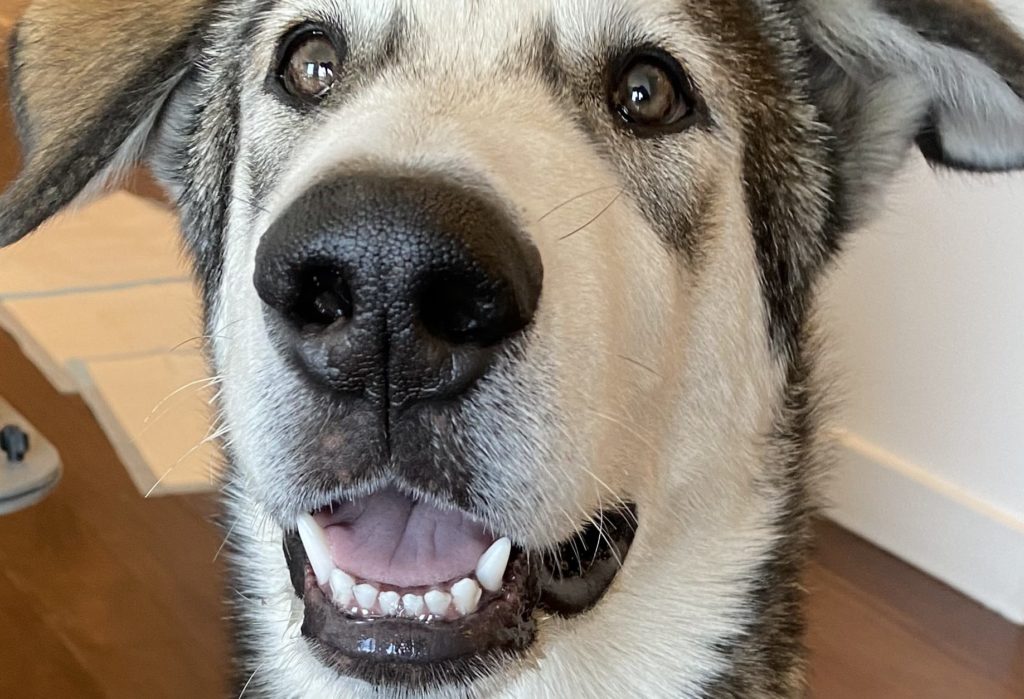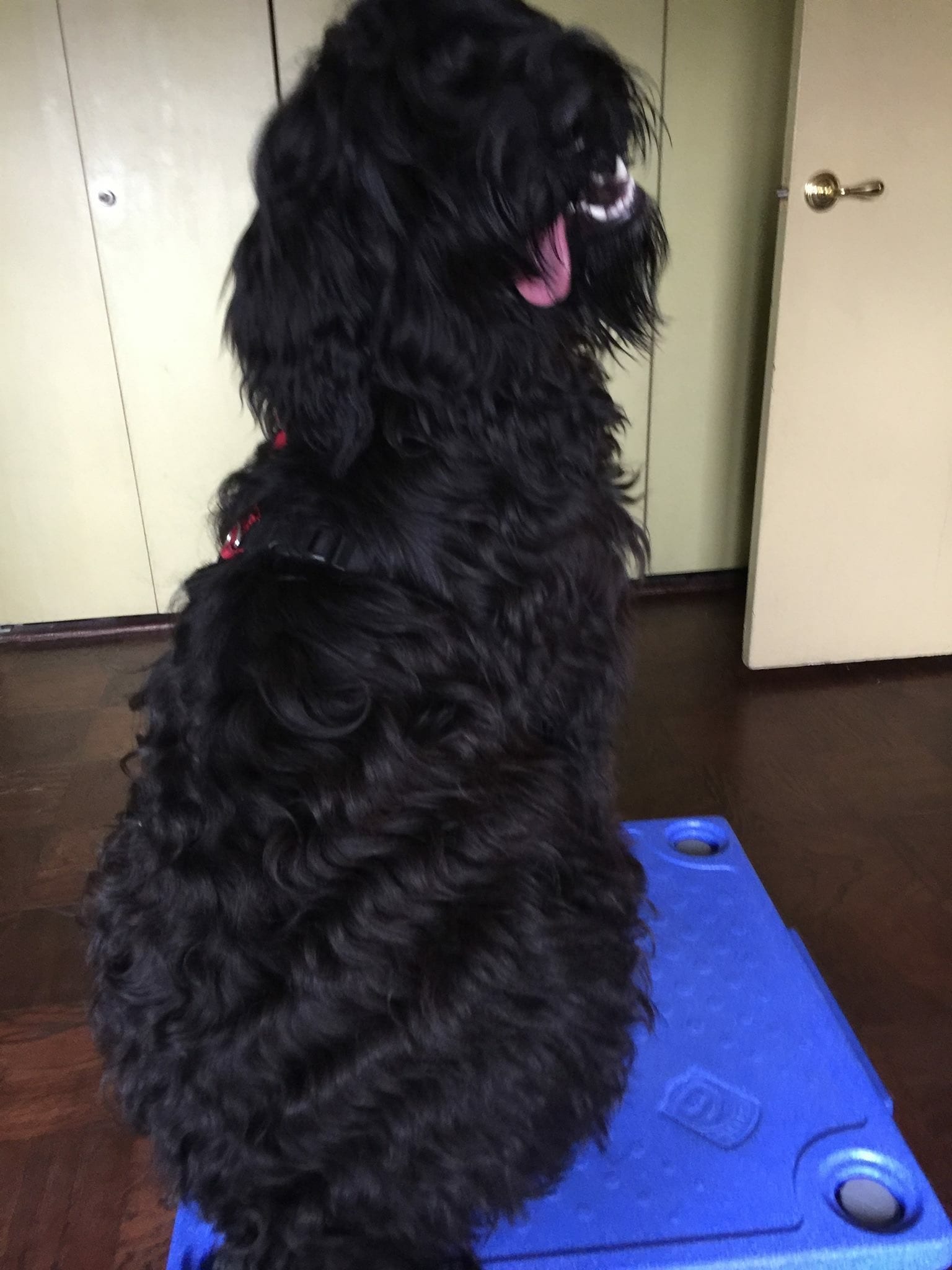The way dogs learn to understand our verbal utterances is by associating a physical behavior with a specific sound combination the human emits. For example dogs can learn quickly that when their butt hits the floor and they hear the human utterance “SIT”, that “SIT” logically must mean “this position where my butt hits the floor and I look up at my human”…because human is pleased and most importantly I have caused the human to be happy and I get treats, toys and lots of attention when the timing is right.
Dogs do what works in their favor, so once they know what to do they will hardly ever fail to comply willingly. And why not? Who in their right mind would turn down the opportunity to get something wonderful for such a small and easy action as offering a “sit”?
So the learning process would be:
- Get the behavior first by luring or signaling the dog with body language, hand signal and treat or toy.
- After you get the behavior reliably add the verbal cue “sit”
- Fade the body language/lure as you say “sit”
- Practice in different environments and positions
- The dog most likely will be able to understand the word “sit”
That is all good.
However here is the sticking point. How many times have you seen the dog touch the floor briefly and then get up again? It is a problem with all duration behaviors. How will you be able to explain to the dog that sometimes you want the dog to sit for 10 seconds and sometimes for much longer?
One solution I find very useful is to teach a release cue. You can use a gesture at first, a movement that invites the dog to release the current behavior and reward the dog when he or she releases the position on cue.
So at the same time as highly rewarding the duration behavior makes the action of waiting very rewarded, the release cue becomes the signal to announce that the time is up and it is time for the next (rewarded) behavior. It helps create a zen like state for the dog because the dog expects to get the magic word of “free” “all done” or “okay” or hears another cue like “come” to define the length of the current behavior.
Clarity like that will make a dog feel very secure and help build trust in the human canine relationship. At the same time as a insist on precision I would like to emphasize that all this can be taught in a friendly, encouraging and fun atmosphere.



